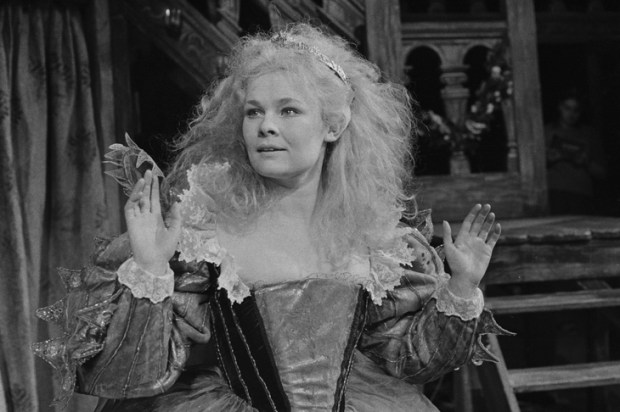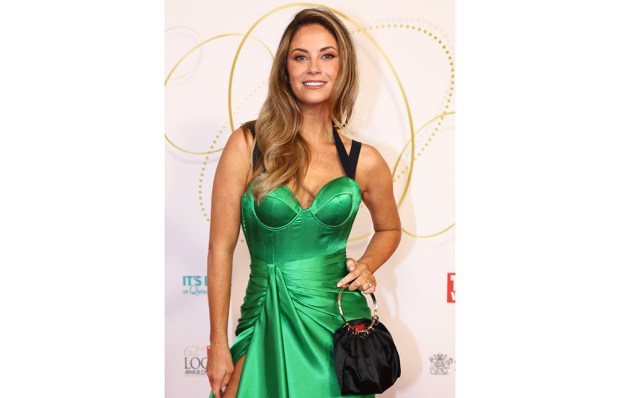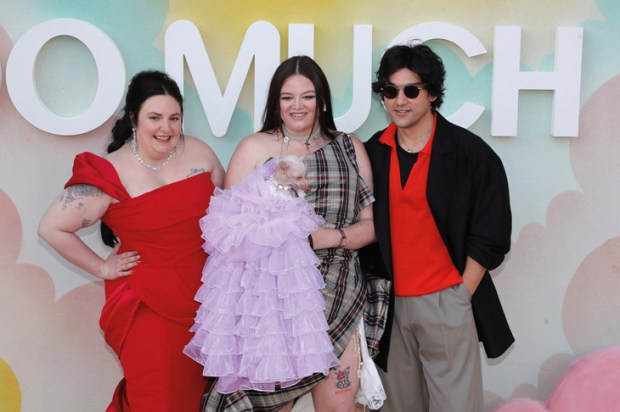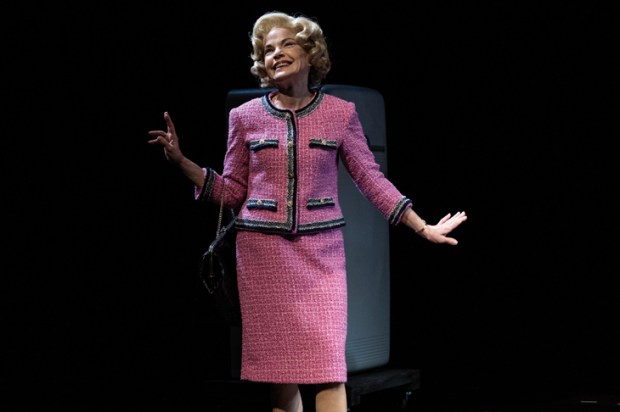Art takes every possible shape and size. The exhibition of Japanese ukiyo-e prints (running at the National Gallery of Australia until July 6) is a reminder of the intimate connection between the Japanese art of the etching – first in stylised lines of black but then with extraordinary overlays of colour – to an elaborate piece of modern erotica, the Teraoka image, in which a phallic red octopus from the deep ministers to an erotically blissed out pearl fisher-woman. Everyone from the High Renaissance painters through to Rembrandt was fascinated by the idea of the etching and the coloured print, and the great Hokusai waves are the emblems of the profound satisfaction the print can give but also its congruency with a world of childhood dreaming. Then there’s the striking way the Japanese printmakers adapted this politically to dramatise the horror of Aids.
The contrast between Western and Japanese art is vivid with literature too. Think of Lady Murasaki’s The Tale of Genji which begins, in the first – very resonant – translation by Arthur Waley, ‘At the Court of an Emperor (he lived it matters not when)’. You get an enthralling sense of the psychological modernity of this novel written by a woman in the early-eleventh century which is as obsessively preoccupied with the introspective analysis of feeling as Proust. You get the absolutely uncanny sense of a civilisation that is one thousand years ahead of us. Not better but far more sophisticated as well as neurotic in its sophistication.
It makes perfect sense that we should use a residual stilted weirdness, a kind of Orientalist strangeness, to conjure up a sense of a lost world with which we have a deep affinity. It’s natural that we should be fascinated by Kabuki and Noh theatre and the achievement of the Japanese cinema.
In the case of Ozu – who made Tokyo Story – this yields an art as chaste and crisp in its realism as Chekhov. In Rashomon, Kurosawa presents the same incident from a variety of perspectives to dazzling effect. Later in his career in a film like Ran he presents the King Lear story with an adaptive freedom no Western film-maker could match and that’s also true of Throne of Blood, his version of Macbeth.
It’s true too that in some of the novels of Mishima we are confronted with a predominant mythology which is Shinto, fascistic and full of the creepy spirit of Bushido and hara-kiri. How then, you ask his admirers, does it have the moral truth of great writing? ‘It’s part of the mystery of art,’ they reply.
Japanese culture is central to Justin Kurzel’s forthcoming streamer of Richard Flanagan’s The Narrow Road to the Deep North, the Weary Dunlop novel which Tony Abbott insisted share the Prime Minister’s Award in 2014. The five-part series has Jacob Elordi – the Queensland boy who played Elvis in Sophia Coppola’s Priscilla – when the hero is a young man and the distinguished Irish actor Ciarán Hinds as the older protagonist. The hero was a great surgeon and, in the POW camp sections, an extraordinary leader. The book received some cool reviews from literary critics but there were readers devoted to Proust and Montaigne who thoroughly enjoyed it. It starts on Prime on April 18.
Die Meistersinger von Nürnberg (The Mastersingers of Nuremburg) which Melbourne Opera is doing at the Exhibition Building from February 16 is one of the greatest operas ever written. It is Wagner’s only comedy and it is one of the greatest works of any kind to be preoccupied with the idea of art – in this case the art of singing. My favourite recording of The Mastersingers has Dietrich Fischer-Dieskau as Hans Sachs, the wise old-timer, and Placido Domingo as the contestant from afar, under the baton of Eugen Jochum. The classic version is Knappertsbusch conducting the Vienna Philharmonic with Paul Schöffler as Hans Sachs. But the Jochum has an extraordinary zest and lightness.
It will draw fans from everywhere to learn that Warwick Fyfe who took the world by storm as Wotan in the Bendigo Ring is playing Hans Sachs.
The other big musical show comes from Victoria Opera in the form a production of Stephen Sondheim’s Follies which dates from 1971 and is being performed with an appropriately rich array of old timers including Marina Prior, Evelyn Krape, Rhonda Burchmore and Geraldine Turner.
Follies, with a script by James Goldman and directed on Broadway by Hal Prince, comes with some of the most wry and devastating songs Sondheim ever wrote – performed in the original production by such Hollywood veterans as Yvonne De Carlo and Alexis Smith – and includes songs like ‘Could I Leave You?’ and ‘I’m Still Here’ which exhibit Sondheim in his most withering anti-melodic mode.
This production runs at the Palais from February 1 to 6. Stuart Maunder is supervising it all and Roger Kirk who’s won Tonys in his day is doing the sets and costumes.
Joan Plowright, who died at the age of 95 last week, had her extraordinary moments. When the National Theatre did an anthology of great performances it was Dame Joan (before that Lady Olivier) who set the show on fire with an extract from her portrayal of Shaw’s Saint Joan. She played the crazed black cabin-boy in Orson Welles’ Moby Dick. She was a compelling Portia opposite her husband Laurence Olivier’s towering pseudo-posh Shylock. She played his daughter in The Entertainer and was said to be staggering in Eduardo de Filippo’s Saturday, Sunday, Monday. She doubled as Viola and Sebastian in Twelfth Night. She was as great a Sonya in the Olivier/Michael Redgrave Uncle Vanya as the world has seen.
She’s in Equus with Richard Burton and is one of the dames in Tea with Mussolini. At one point during the filming, they found themselves in what Plowright described as ‘a knocking shop’ and she added, ‘I don’t think Maggie would like this’.
Joan Plowright is in Nothing Like a Dame with Dame Maggie, Judi Dench and Eileen Atkins. You can also see her on Youtube with Glenda Jackson in Lorca’s The House of Bernarda Alba.
A lot of people were amused when they heard she was to make the film of Hannie Rayson’s Hotel Sorrento because of the section where Lady Olivier would have to say how Helen Garner’s Monkey Grip changed her life. In the end, the lines were cut.
Got something to add? Join the discussion and comment below.
You might disagree with half of it, but you’ll enjoy reading all of it. Try your first month for free, then just $2 a week for the remainder of your first year.













